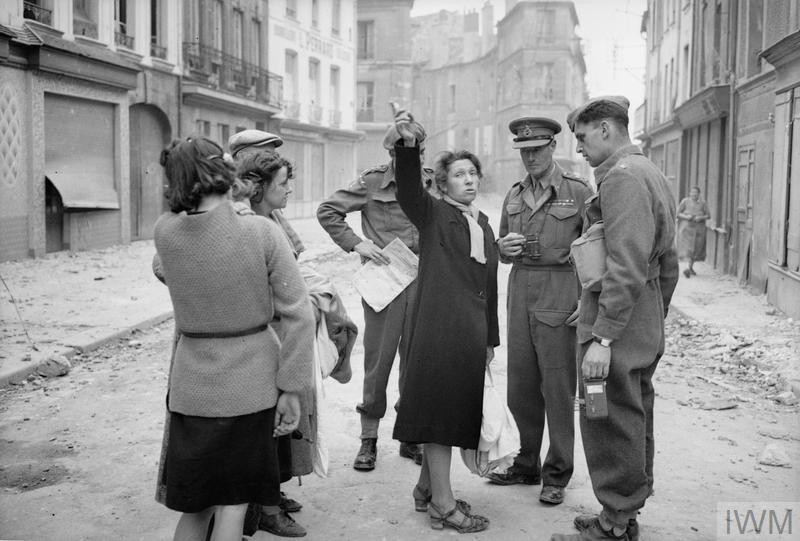On August 30, 1944, Normandy was liberated from German occupation by the Allied forces in the final phase of the Second World War. To commemorate the 80th anniversary of this important event in the history of the liberation of Europe, we are looking at the Battle of Normandy, the liberation of France and its implications for the French civilians.
D-Day landings
The liberation of Western Europe at the end of the Second World War started with the D-Day landings on June 6, 1944, the largest seaborne invasion in history. In a colossal logistical effort, the Allied forces landed on five beaches in Normandy to begin fighting back against German troops in the north of France.
The amphibious invasion, code-named Operation Neptune, was the first phase of the Battle of Normandy. Its goal was to establish a secure foothold in the region which would later allow the Allies to capture neighbouring ports for material and personnel supply.
Battle of Normandy and liberation of Paris
In the following months, the Allied troops made progress across the north of France in gruelling battles that cost many soldiers’ lives on both sides. Among the first cities to be heavily bombed and captured in Normandy was Cherbourg on the Contentin Peninsula, which would provide the Allies with a deep-water harbour.
The city of Caen was another Allied target due to its strategic location on the river Orne and its access to the English Channel. A failed attempt at a German counter-offensive offered an unexpected opportunity for the Allied troops to encircle and trap the routed Wehrmacht in the so-called Falaise pocket on August 6, 1944.
August 25, 1944, marks the successful liberation of Paris by the 2nd French Armoured Division with the help of the US 4th Infantry Division. The Allies came to the aid of the French resistance whose members had started an uprising against the German occupying forces on August 19.
Liberation of France
In the months that followed the liberation of Paris, the Allied armies continued to push the German troops back through eastern France and over the Rhine River back into Germany during February and March 1945. These advances laid the foundations of the Allied victory on the Western Front.
Four years after the start of the German occupation of France, after the landing of two million men in Normandy in June 1944 and Operation Dragoon (15 August to 14 September 1944), the reinforcing Allied naval invasion in the Provence region, the country was well on its way to being completely liberated. It took until the end of the WWII on May 8, 1945, that all of France was finally liberated.
Civilian suffering
The civilian population suffered heavily during the Battle of Normandy and the liberation of France. German troops defended their positions fiercely and were heavily bombed by Allied forces, resulting in the destruction of most of the infrastructure in the affected regions and civilians being caught in the crossfire.
Different types of abuse of civilians happened often among the occupying forces but also among Allied troops. Men were often suspected of belonging to the resistance which put them at risk of being captured by the occupation forces and being executed without a court order. Women on the other hand were vulnerable due to being at the complete mercy of the occupiers, same as children, and suffering from sexual abuse by both the occupiers and the Allies.
Years of German occupation left their mark on Normandy, with the local population suffering from food shortages and constant fear of the occupying forces. Several massacres have been carried out against the French civilian population and prisoners of war during the German occupation of the country, perpetrated by both the Wehrmacht and SS Panzer Divisions that became infamous for their war crimes.
The most infamous of the German massacres in France happened in Oradour-sur-Glane in the Nouvelle-Aquitaine region, where 642 civilians were murdered by the 2nd SS Panzer Division Das Reich on June 10, 1944, four days after D-Day. Today, a museum in Falaise, Normandy, transmits the memory of the civilian victims of the Second World War.
If you would like to learn more about the role of civilians in the Battle of Normandy and the D-Day landings, you can read about five personal war time experiences in this article.
